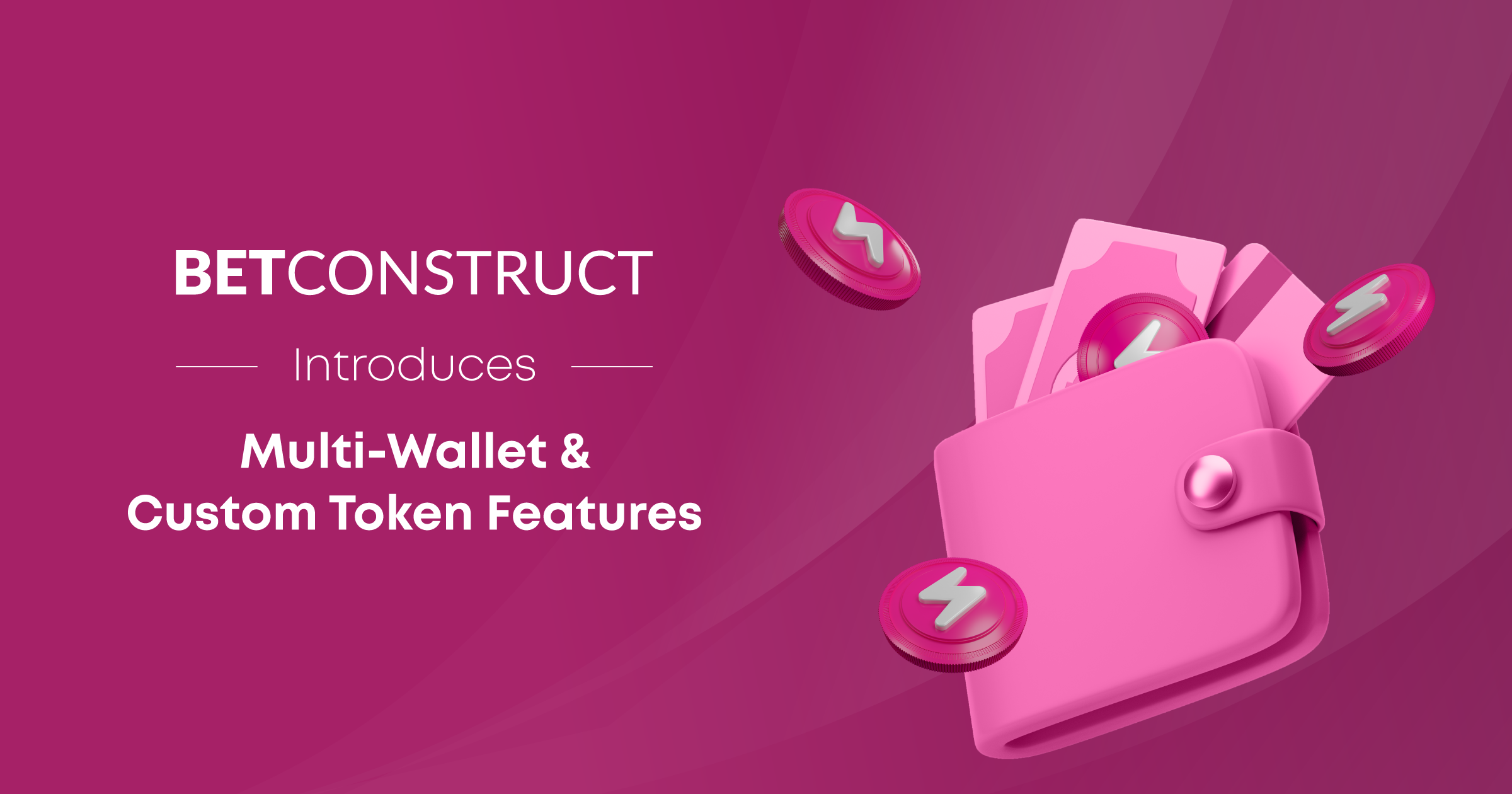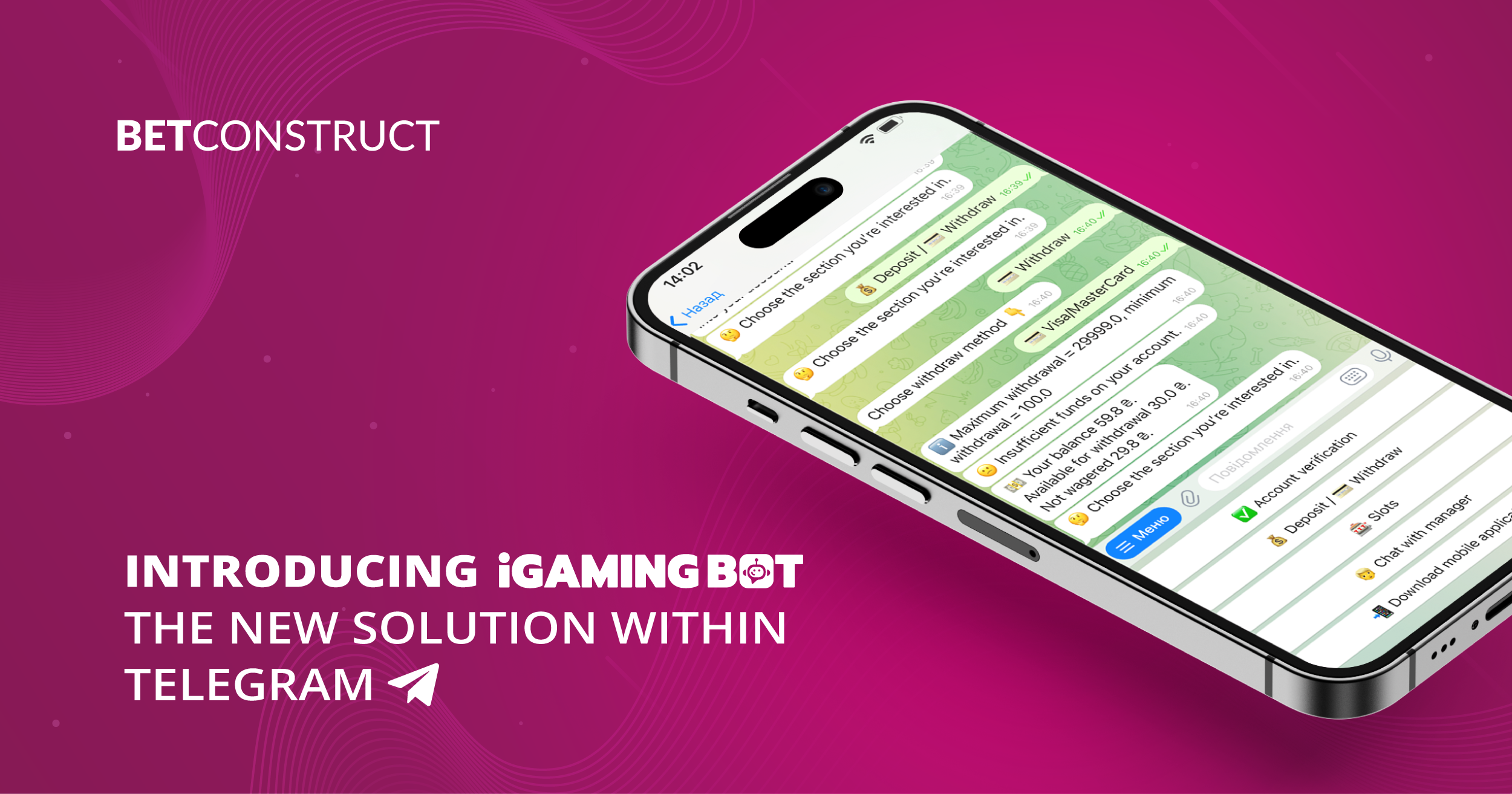

Kevin Corti, Head of Game Design, RAW iGaming.
From its incorporation in early 2021 the casino game provider, RAW iGaming, has sought to think and act differently in a sector that many are increasingly considering to be all too often inhibited by risk aversion and cloning. With its motto of ‘Stand Out or Stand Down’ it is with no surprise that RAW has committed itself to applying AI to all parts of its business and, most importantly, to its product development.
But exactly what benefits can AI bring to casino game providers, and how specifically can it be applied?
Like many of our peers in this industry, our teams at RAW attempt to absorb as many AI articles as we can and to experiment with as many AI tools and technologies as possible, driven by the desire to make a better, more successful gaming experience for players.
Every evening we go home feeling like relative experts in AI only to come back the next morning to feel like complete novices all over again. Such is the pace of developments in Artificial Intelligence right now.
Does that sound familiar? If it feels to you like new AI companies, software and services appear in your LinkedIn feeds by the hour, or by the minute, then you’re not alone, and you are likely wondering where to even start with bringing AI into your business.
At RAW, we have broken this down into two distinct areas:
- The production pipeline; the processes that go into creating new casino games.
- The product offering; our vision for enhanced player experiences.
1 – The production pipeline.
This is how a game provider goes about organising and empowering its teams to conceive, design and develop new online gaming products. This very likely represents the lowest hanging ‘AI fruit’ for most organisations. In fact, we would argue that studios should consider it to be the bare minimum required to remain competitive. Simply adopting a few of the vast array of AI tools and technologies likely moves the needle – if there is a hypothetical ‘average’ artist, animator, mathematician, developer, designer, or product manager, then AI can quickly make them ‘above average’. But on the flipside, not doing this will very soon mean that they become ‘below average’, and in an industry as competitive as ours, that’s a place you and your business cannot afford to occupy.
So, where can AI play a part in your studio?
Firstly, colleagues should understand that the goal of utilising AI in the game production pipeline is to augment and supercharge our teams, not to replace them. It’s natural, in this nascent stage of AI adoption, that colleagues in some roles (art being an obvious example) may view tools such as Midjourney and DALL-E as a threat to their employment. At RAW we see it as a way to help our artists to concept, to experiment, to explore multiple avenues to automate rote tasks, and as a tool to communicate what’s in their minds to fellow team members, stakeholders and customers.
Consider this – when you’re working to select a theme for a game, why limit yourself to two or three options? Why not explore a dozen? Or a hundred? Especially now that the effort involved does not increase. And then, when you’ve settled on the overarching theme, why not quickly visualise a multitude of styles to execute it in? This alone should unquestionably lead to an explosion of fantastic-looking and attention-grabbing games in the not-too-distant future.
How many times do people in product roles and who lack artistic training struggle to accurately convey the vision they have in their heads? How much time and money has been sunk into digital products only for the product owner to apologetically utter, ‘That’s not really what I had in mind.’ Now, they too can generate visuals to be able to better communicate what they want, saving time and money (and reducing conflict).
The procedural generation of art assets (e.g. symbols) offers potential efficiencies but is, perhaps, more suited to F2P casual games developers which have to produce vast libraries of purchasable or collectable items. That said, casino games providers can potentially apply it to the creation of families of Royals or UI elements, for example. That approach could be particularly useful if you have clear house/product styles that can be fed into whatever tools you are using.
Developers are increasingly benefiting from using AI-driven code assistants These advanced tools transform the way developers work, accelerating code creation and ensuring precision, while also providing more room for innovative problem-solving. Take Amazon CodeWhisper in Visual Studio Code as an example: developers simply jot down a comment detailing the desired code, and it will promptly recommend a comprehensive code snippet that they can modify as required. As they begin to draft or tweak the code, the assistant consistently offers suggestions to bridge any gaps. But that’s just the tip of the iceberg. These assistants serve as proactive sentinels, identifying mistakes early on, thus reducing time spent on debugging. Moreover, AI code assistants enhance the calibre of a developer’s code, providing expert insights to craft efficient, sustainable, and secure scripts. They’re also invaluable for delving into unfamiliar programming languages. Implementing these tools optimizes every facet of the development process, regardless of your project’s nature. It’s no surprise that numerous leading development groups have already adopted many of the available solutions.
Moving away from art and programming, when it comes to using tools such as ChatGPT to generate or improve text content, with only a little guidance, staff will quickly reap productivity and empowerment rewards. It can be used to help draft, craft, or refine content for multiple purposes such as game rules, game specifications, pitch presentations, game content, game sheets, web and other product copy.
And then consider the potential for AI-driven character animations, spoken dialogue and text translations, and the production of audio effects and music. There’s likely no part of the game production process that is likely to remain untouched by AI.
It’s not all AI-gravy, however.
As providers of games in a regulated industry, studios are naturally going to be restricted somewhat in some respects with regard to how heavily they can leverage AI. The wider games industry is far less subject to regulation; they do not certify games that then cannot be changed (without incurring expensive re-certification). We do, however, and that means we are at a disadvantage when it comes to benefiting from applying AI in such areas as dynamic difficulty adjustments, optimised game economics, or on-the-fly procedural content creation. We cannot really leverage multivariate testing of art, logos, UI or text in games, especially the underlying math models and feature functionality. Changes equal re-certification which equals cost.
As B2B game providers, we naturally have limited awareness of the players. They’re just a unique ID in a database and we have no means to communicate with them, so in-game personalisation and adaptive gameplay opportunities are currently limited or not permitted. Or, rather, to explore these avenues would rely on close technical and commercial cooperation with casino and aggregator partners.
AI will, nonetheless, be of significant benefit to the wider industry overall with regards to key activities such as the analysis of player behaviours, fraud detection, and early detection of problem gambling behaviours. Customer support response times (and likely the quality of the experience) will rapidly improve. There are already studies in other industries that show that AI-driven first line support was demonstrably better for customers. AI offers clear potential for player/interest matching in skill-based games, and for effective personalised game recommendations. While somewhat divorced from B2B operations, these activities nonetheless promise to drive improved player NGR and lifetime value which is, of course, to the game providers’ and operators’ benefit.
2 – The Product Offering
The application for using AI directly in your product offering – to offer innovative new player experiences – is likely more challenging to an organisation but is also invariably where game-changing (sorry!) business value will derive. Again, remember that when it comes to product pipeline applications of AI, this will very quickly no longer be a differentiator, but merely the minimum your organisation needs to do to stay competitive.
How each organisation might apply AI technologies to achieve this is down to them and their teams – and, no doubt, kept under wraps until it hits the market – but the overriding drivers should likely be; ‘How can adding AI lead to a game that attracts broad attention, and acquires new players who both engage heavily and keep coming back for more?’
At RAW we have several initiatives underway, most of which we can’t yet divulge, but one we are able to talk about is our new interactive character engine, VIBE (which stands for ‘Virtual Intelligent Behaviour Engine’). It’s not uncommon for slots games to have character-based themes, but until now these characters have tended to be limited to mere animated eye candy; people, animals or creatures that hover next to the reels and which might utter a few, short dialogues when the player gets a win. We felt that was an approach that hasn’t improved for decades and decided it was ripe for an AI-based project.
With our Halloween 2023 game, Twisted Toy Tales™, we’ve introduced ‘Juggy’, an evil animatronic toy who is hell-bent on hunting down a group of teenagers who seek to uncover his existence. Rather poetically, given the topic of this article, it is Juggy’s errant AI that gives rise to his psychopathic tendencies. RAW VIBE™ enables us to create a character with a complex personality and a deep and compelling back story. The people who play this new game are going to experience character interactions like no other in our industry to date.
The challenges to using AI to enhance your products fall into two key camps: securing the necessary resources and ensuring regulatory adherence.
Firstly, with new AI companies, products and services dropping upon us like leaves in an autumn storm, identifying those that have potential business value is difficult. As will identifying which of these potential businesses will still be around in a year’s time. You’ll need to commit time and effort to the task of assessing them. Then you need to consider how ready those offerings are for your organisation right now.
Take, for example, an intelligent chatbot provided by a SaaS company that you might want to integrate into a customer-facing product. You need to consider important topics like network response times, message roundtrip completion rates, and service uptimes. Maybe it’s fine for the occasional ten-second delay or lost message, but maybe it isn’t? And how integral to your end customer experience is the service? Is it merely the icing on the cake, or would it be fundamental to generating revenue?
Secondly, regulatory topics remain a primary consideration. Consider that same chatbot example, above. Imagine what ‘advice’ it might give if left unchecked, oblivious to the nuances of responsible gambling.
It is likely that after a period of experimentation with externally hosted SaaS services, organisations will seek to bring the technology in-house. That will mean recruitment, training and investment in R&D, but it will also deliver the level of control that providers, our clients, and the players will ultimately demand. It will also lead to the creation of valuable proprietary tools and technologies that drive new revenue growth and which inflate business valuations. And at that point, game studios will have reaped tremendous rewards.
Will it be easy and straight-forward? Unlikely. But as we constantly ask ourselves at RAW, how long can ‘the same old same old’ be the industry norm?










